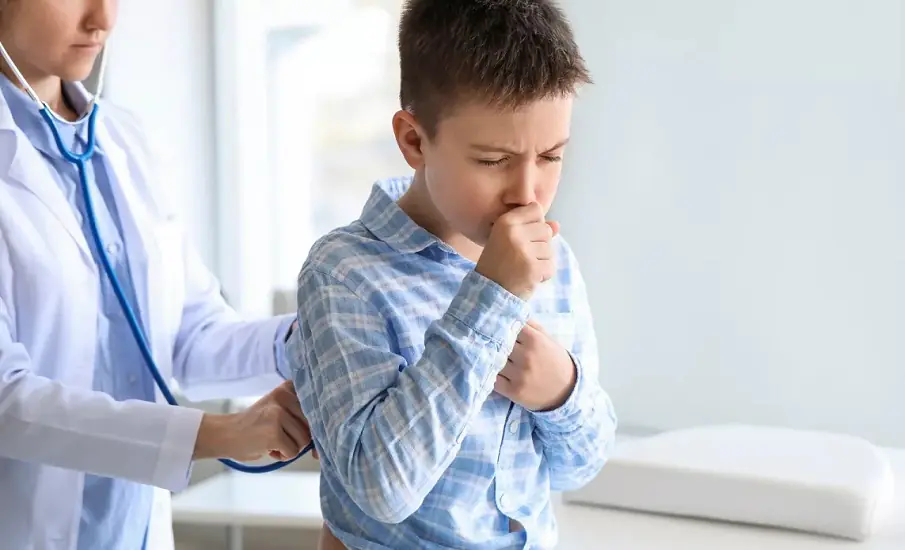In light of an increase in whooping cough (pertussis) cases globally and in some countries of the Americas, the Pan American Health Organization (PAHO) has issued an epidemiological alert, calling on countries to strengthen surveillance and ensure constant monitoring of vaccination coverage in children.
Whooping cough is a highly contagious respiratory infection caused by the bacterium Bordetella pertussis. It is easily transmitted from person to person through coughing and sneezing and is a major cause of illness and death among children. If treated early, antibiotics can help prevent severe symptoms.
Globally, between 2010 and 2019, an average of 170,000 cases of whooping cough were reported each year, with a significant decline observed during the COVID-19 pandemic. However, in the Europe region of the World Health Organization, a significant increase in cases was recorded during the second half of 2023, and during the first months of 2024.
In the Region of the Americas, since 2012, when whooping cough cases reached 72,328, there has been a progressive annual decrease in the number of cases reported, dropping to 3283 in 2022. But in 2024, cases have risen in several countries, including Brazil, Mexico, Peru, and the United States.
The reported increase in cases is likely due to a significant decline in coverage of the diphtheria, tetanus, and pertussis vaccines (DTP), mainly during the period of the COVID-19 pandemic. In 2021, coverage of the first and third doses of this vaccine in the region of the Americas reached a 20-year low at 87% and 81% respectively. Coverage data from 2023 shows a recovery of 90% and 88% respectively, with variations both between and within countries.
Symptoms of whooping cough usually appear 7 to 10 days after infection. They include mild fever, runny nose and a dry cough followed by a whooping-sound when coughing (giving the disease its namee).
To address the uptick in cases, in its alert PAHO recommends that countries ensure vaccination coverage of all three doses of DTP is higher than 95% in children and “should analyze vaccination coverage in children 1 year old and under 5 years of age, with a special emphasis on identifying population groups with low coverage.”
Vaccination is also recommended for health care workers, particularly those working in maternity wards, as well as for pregnant women.
The PAHO alert also calls on countries to strengthen surveillance to ensure that each pertussis outbreak is “carefully investigated to improve understanding of the epidemiology of the disease in the region of the Americas.”
Countries should also strengthen their laboratory diagnostic capabilities “to improve the reporting and characterization of pertussis outbreaks in the region.”
Suspected cases should be kept separate from infants and young children until patients have received antibiotics for at least five days. Treatment with erythromycin, clarithromycin and azithromycin is recommended to shorten the period of transmissibility.
PAHO continues to work with countries of the Americas and partners to strengthen immunization programs and support the implementation of campaigns to regain coverage, as well as to strengthen the infrastructure of national immunization programs and improve epidemiological and laboratory surveillance to detect outbreaks and respond immediately.






